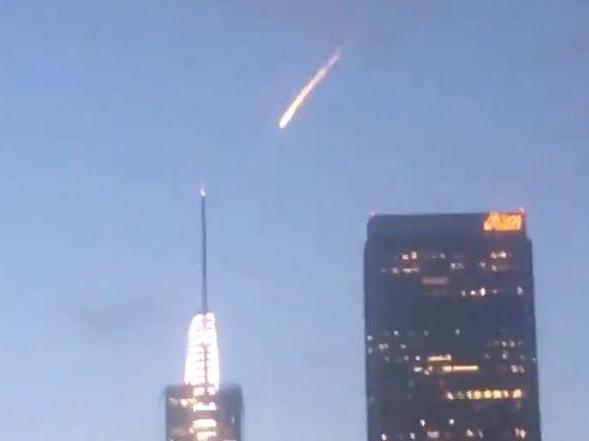
"green streak in the sky," low on the horizon. The green fireballs streaked into UFO history late in November 1948, when people around Albuquerque, New Mexico, began to report seeing mysterious "green flares" at night. What the devil are green fireballs? I'd like to know. "It sounds to me like the green fireballs are back," I answered.

When Jim Phalen had read the rest of the report he asked, "What was it?" "But," he said, "I don't expect to find anything." The wire story said he had told a reporter that he would plot its course, try to determine where it landed, and go out and try to find it. Lincoln La Paz, world-famous authority on meteorites and head of the University of New Mexico's Institute of Meteoritics, apparently took the occurrence calmly.

When he was informed about the mysterious fireball he heaved an audible sigh of relief, "Thanks," he said, "I was afraid I'd gotten some bad bourbon." And he hung up.ĭr. One of the calls was from a man inquiring if anything unusual had happened recently. Every police and newspaper switchboard in the two-state area was jammed with calls. It had passed right over a crowded football stadium at Santa Fe, New Mexico, and people in Denver said it "turned night into day." The crew of a TWA airliner flying into Albuquerque from Amarillo, Texas, saw it. Thousands of people had seen the fireball.
FLYING FIRE BALL FULL
The story went on to tell about how a "blinding green" fireball the size of a full moon had silently streaked southeast across Colorado and northern New Mexico at eight-forty that night. The lead line was: "Thousands of people saw a huge fireball light up dark New Mexico skies tonight." It was Jim Phalen, a friend of mine from the Long Beach Press-Telegram, and he had a "good flying saucer report," hot off the wires. 47 CHAPTER FOUR Green Fireballs, Project Twinkle, Little Lights, and GrudgeĪt exactly midnight on September 18, 1954, my telephone rang. The Report on Unidentified Flying Objects, by Edward J. Green Fireballs, Project Twinkle, Little Lights, and Grudge The fireball observed yesterday above the UK lasted over 20 seconds and travelled north-west, passing directly over Belfast.The Report on Unidentified Flying Objects: Chapter Four. In a statement, the network said: “The fireball over Northern Ireland and Scotland last night was definitely a meteor. The velocity of this one and the way it broke up was a little bit strange.” Maclean said: “Most people who saw it probably had a rare experience. The network received about 800 sightings of the fireball. There were two Starlink satellites that were due to de-orbit, but they wouldn’t have come down near the UK. There wasn’t one that could possibly give us space debris. We use Google reCaptcha to protect our website and the Google Privacy Policy and Terms of Service apply.īut later he said: “We went away and looked at any possibilities for space debris. For more information see our Privacy Policy. Privacy Notice: Newsletters may contain info about charities, online ads, and content funded by outside parties. On Thursday morning Maclean had speculated the fireball was a spent Starlink satellite burning up in the atmosphere as scheduled. “The velocity was 31,950mph, which is more consistent with space debris. It was quite slow which is more consistent with a space junk, so thought too slow for a meteor.

He said: “The speed and the way we break it up, is what threw us initially. He said the fireball was initially mistaken for a space junk because it was travelling more slowly than a typical meteor, and videos of the sighting suggested it broke up higher and earlier than a meteor. It’ll be at the bottom of the ocean now.” He added: “We think it probably ended up between 50 and 100km off Islay. Probably a small piece of an asteroid that’s broken off an asteroid. John Maclean, an astronomer at the network, said: “We’ve analysed it from many more angles. But it withdrew that theory after collecting more data. The network’s initial calculation suggested it was space junk that could have come from Elon Musk’s Starlink satellite programme.

It travelled 300km above Wales, the Irish Sea and Belfast before crashing into the Atlantic near Islay, according to new calculations by the UK Meteor Network.


 0 kommentar(er)
0 kommentar(er)
